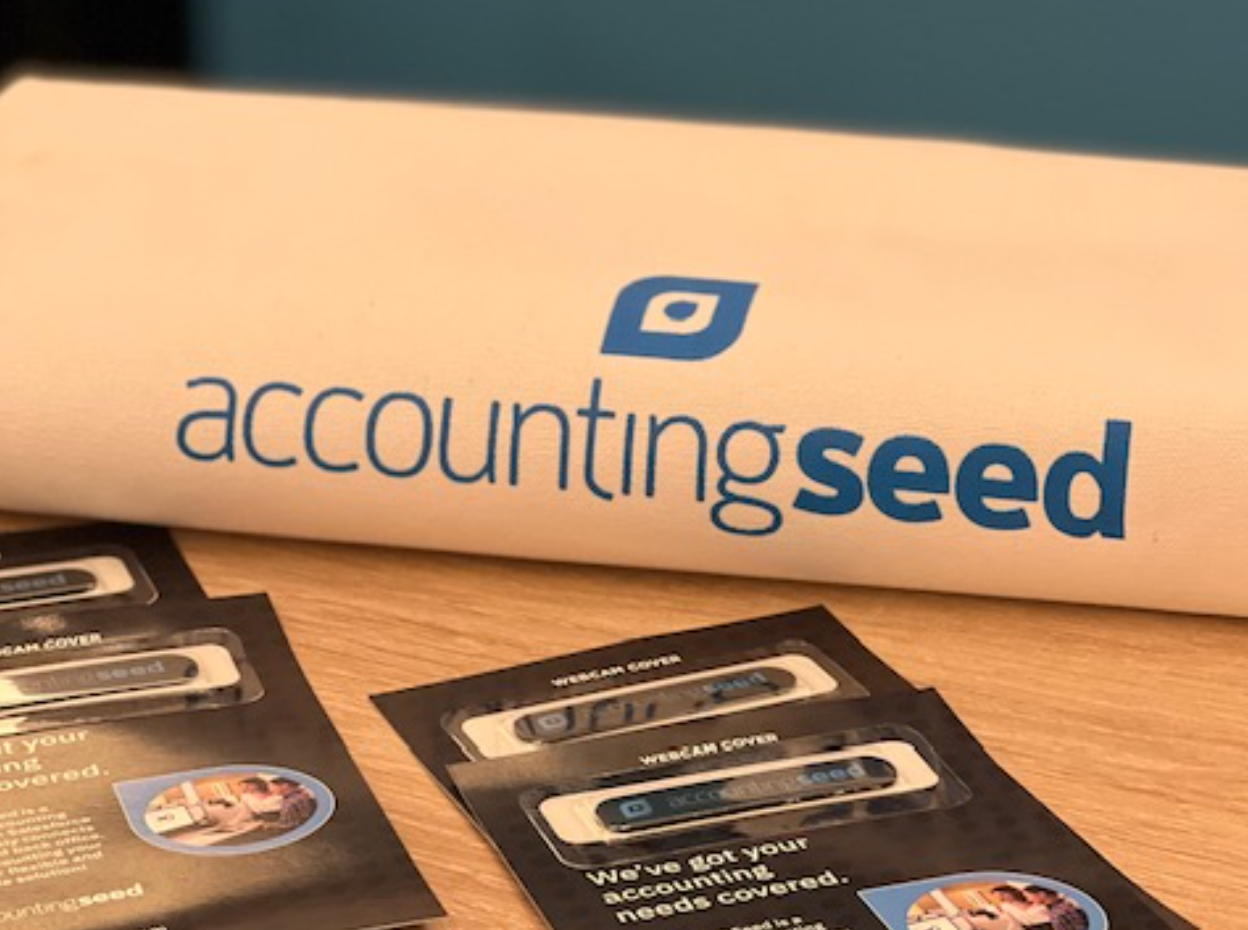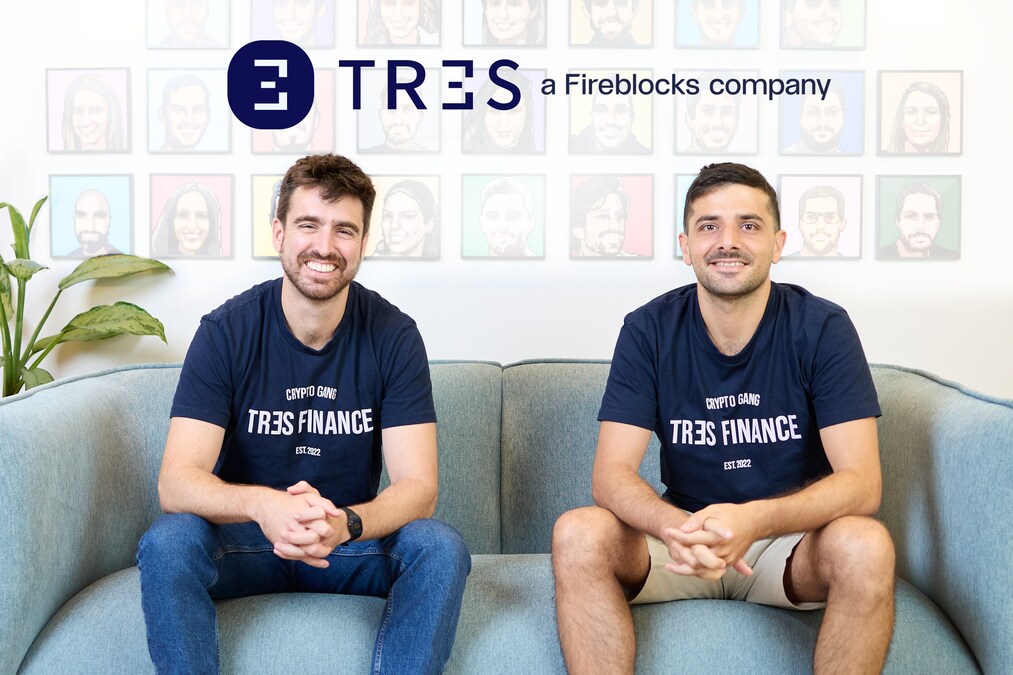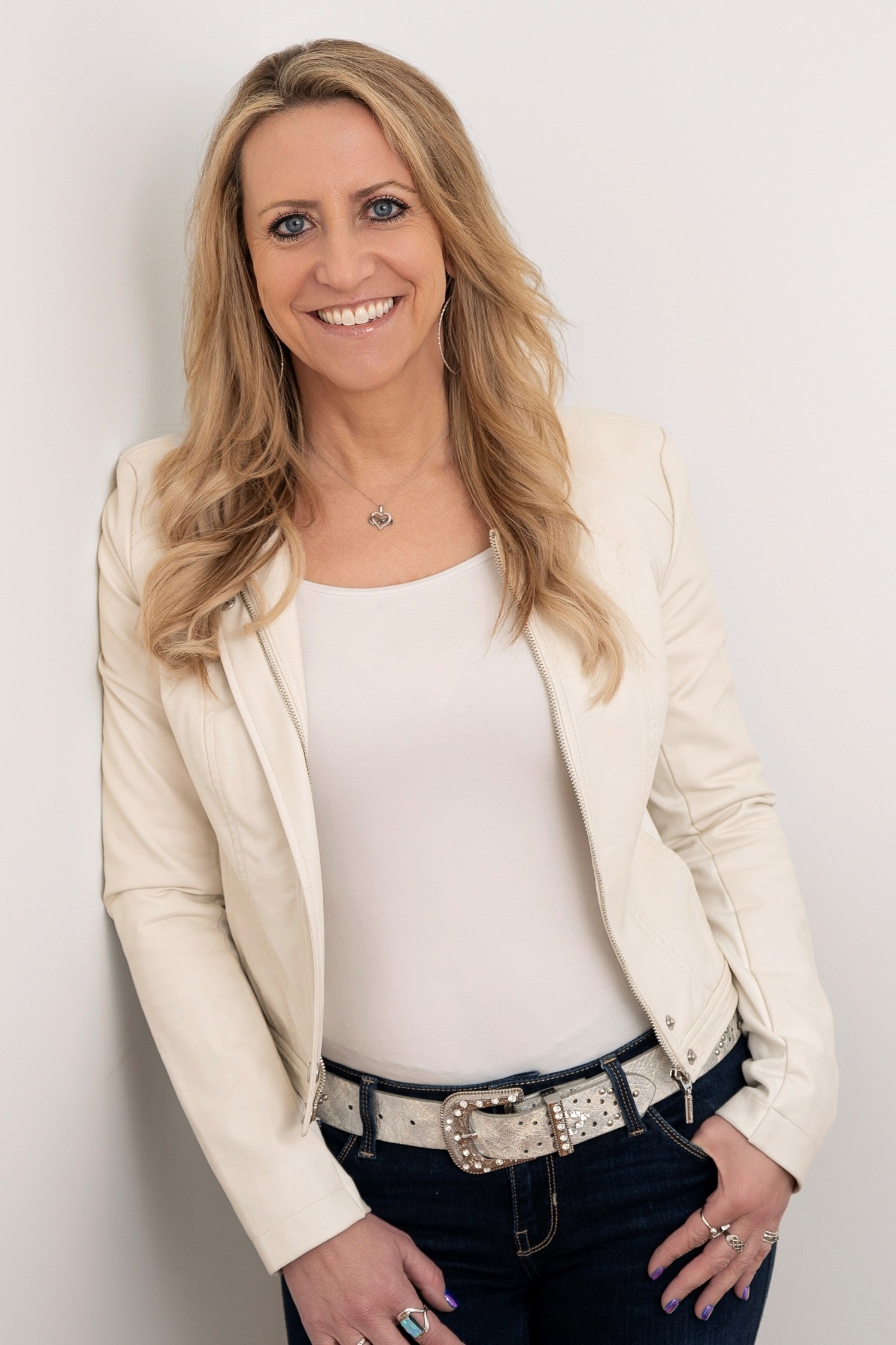In this age of technology disruption, we can feel alone, sometimes not knowing where our anchor is – what will stay the same, what will change, and what we can depend on, and how we will get there together. As leaders, we focus on change management in our organizations and what the future of our work will look like, however; there isn’t always an equal amount of focus on creating stronger human connection as we go through the process and ensuring everyone feels they are not alone.
What can get in the way of progress is when our individual patterns of behavior prevent the business from embracing the opportunities ahead. In order to create change, breaking the habits that are holding us back can come down to understanding the internal stories that drive each of us and the decisions we make because of them. Everyone has habits. It is a fact of human existence that we are, as the old saying goes, creatures of habit. All too often, we think of these acts only in terms of the “bad habits” our parents told us to avoid, like biting our fingernails or putting our elbows on the table. However, many of our habits are decidedly a good thing. If you had to consciously make millions of decisions in a day, life would become overwhelming in a hurry. Habits are ways for us to act on instinct and streamline our days to be more efficient.
Think of the way you get up in the morning. Odds are you turn off your alarm, turn on the shower, brew a cup of coffee, and so on without ever having to think about it. These habits are hardwired into our brains, allowing us to perform countless tasks during a day. A habit only causes a problem when you don’t like the outcome of the behavior associated with it. In a professional context, you may be snappy or curt to colleagues out of habit, later regretting your behavior and having to apologize or resisting change, rather than stepping back and learning about the opportunity and how you can reskill to move forward.
You don’t want to have to experience these negative consequences over and over again before doing something about the habits keeping you from being your best self. It’s hard work to look at yourself, and dedicate time to the practice of doing things better or differently. The payoff, though, is more than worth the effort. Before you begin to fix your habits, you need to understand what a habit is and how it works.
What is a habit?
Merriam-Webster defines “habit” as follows:
- A settled tendency or usual manner of behavior
- An acquired mode of behavior that has become nearly or completely involuntary
- An addiction
- A behavior pattern acquired by frequent repetition or physiologic exposure that shows itself in regularity or increased facility of performance
What all of these definitions have in common is that they describe the somewhat involuntary nature of our habitual behaviors. That’s why they can be so hard to change. We can pinpoint the behavior we want to correct and still struggle to do so. Without understanding the why underlying a behavior, it becomes very difficult to stop it.
Very few human behaviors are innate or unprompted. “That’s just the way I am” is a tired excuse for acting in a way that harms others or hampers your own performance. It may be challenging to change the “way” you are, but you can do it with self-reflection and daily practice.
How to replace a bad habit
In his best-selling book The Power of Habit, Charles Duhigg describes a “habit loop” consisting of three parts: cue, routine, and reward. “First, there is a cue, a trigger that tells your brain to go into automatic mode and which habit to use,” Duhigg writes. “Then there is the routine, which can be physical or mental or emotional. Finally, there is a reward, which helps your brain figure out if this particular loop is worth remembering for the future.”
What this means is that identifying the habit or routine itself is not enough to correct it. Additionally, you need to understand the cues, both external and internal, that prompt the habit in the first place. If you notice that every time the topic of a new technology change come up or learning a new way of doing things is creating anxiety for you, try instead of responding or feeling negative, pause for a moment, maybe step away and take a walk or close your eyes and take a few deep breaths. Odds are it may start changing your perspective from your natural habit to resist. We may find that it is hard to do this initially, but when we keep ourselves accountable and practicing the habit we want, versus the ones we don’t want, we begin to display these behaviors more naturally.
Understand the cues that lead to you want to avoid different areas of change management or that create conflict between you and other team members. Is it the stress of dealing with a hard conversation? Is it the possibility of ruffling a peer’s feathers? Whatever the case, you have to find a way to take that cue and use it to spur you toward better action, we can create a different expeirence when we begin with ourselves.
The importance of habit correction
Unlocking our potential, both in a professional and personal context, is all about performing at our highest capable level as often as possible. Many people end up making a few habitual errors that hold them back in spite of being A-players the vast majority of the time. If you suffer from setbacks that you know you can avoid, ingrained habits could be to blame. They aren’t going to fix themselves overnight, but understanding why they happen and working to correct them can be one of the best steps toward self-improvement you ever take.
As accounting professionals, we are sticklers for getting the numbers right. Apply that same rigor to your own patterns of behavior and the sky’s the limit for what you can achieve.
=========
Amy Vetter is a CPA.CITP, CGMA is an accomplished c-suite executive and board member with deep experience in cloud technology and transformation, creating go-to- market (GTM) strategies to scale businesses nationally and internationally. Amy has held multiple roles in Fortune 500, startup, small company rapid growth, and is a serial entrepreneur. She is well-versed in overseeing marketing, sales, customer programs, and education. Amy is also an active member of the AICPA IMTA Executive Committee where she leads the Technology Innovations Taskforce and is an AICPA CITP Champion.
Thanks for reading CPA Practice Advisor!
Subscribe Already registered? Log In
Need more information? Read the FAQs




